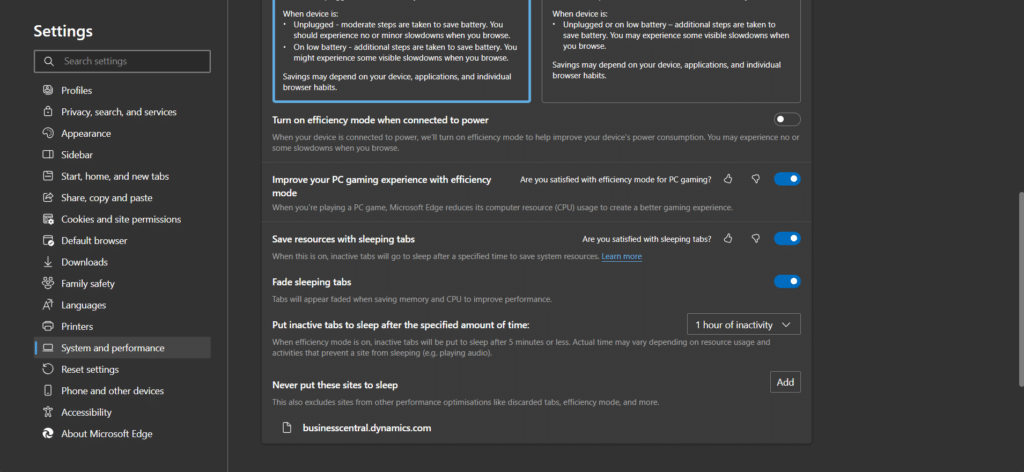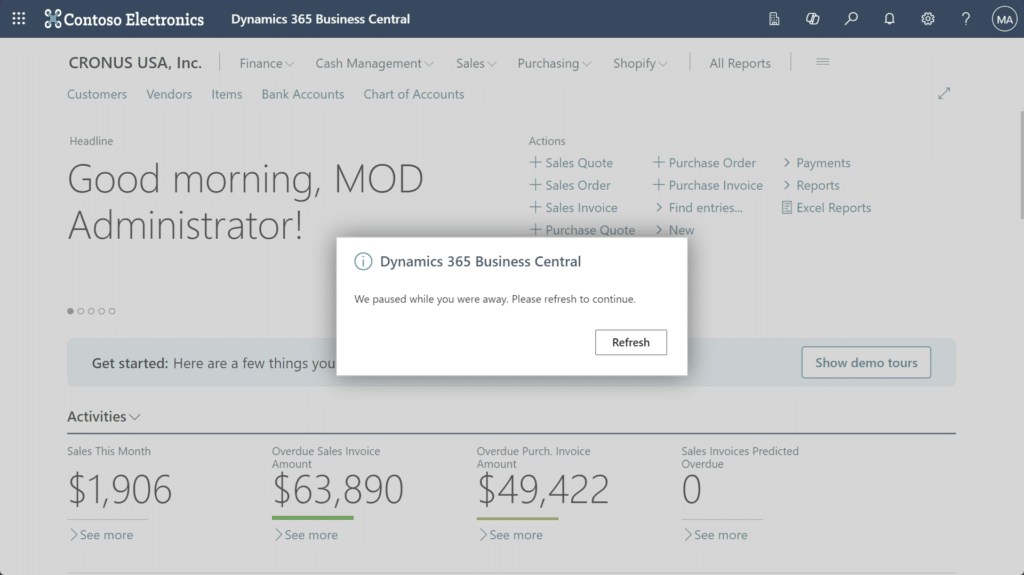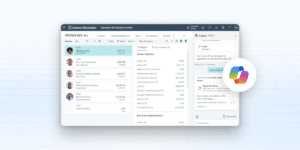If you’re being disconnected while using Dynamics 365 Business Central, you’ll likely see a message similar to “We paused while you were away. Please refresh to continue”.
This will require you to Refresh the connection and likely reauthenticate as your connection is started again. This can be disruptive, but there’s a few reasons this might occur. We’ve listed a few below and ways to work around them.
Why might Business Central might disconnect?
For various security reasons your session might require refreshing. Examples include making sure someone’s not using your computer while you were away from your desk, or that your account and login is current after a password change.
If you’re seeing “Please wait while the connection is restored. It shouldn’t take long” you may need to check your network and internet connection is healthy. You can run connectivity troubleshooting tool here.
Summary of solutions
We’ve summarised a few reasons why your session might pause, and the best methods for working around them. Depending on if you’re running Business Central with Microsoft, or on-premises, your options may vary.
| Solution | Microsoft Hosted | On-Premises |
|---|---|---|
| Browser Performance Timeout | ✅ | ✅ |
| Session Timeout | ❌ | ✅ |
| Entra ID Re-authentication | ❌ | ✅ |
Some of the solutions can be quite technical and have other security impacts so we’d recommend you engage your partner to help you make changes your system.
Set performance and memory settings in Microsoft Edge and Google Chrome
Microsoft Edge and Google Chrome have both been making changes to the way background tabs work to help save power, reduce memory consumption, and make your computer run faster. However, with every optimisation there can be trade-offs.
Some users might find their tab has been put to sleep by the browser which means it takes longer to resume what they were doing in Business Central. You can turn off tab sleep to help work around this.
What are the downsides to turning off tab sleep?
You will notice a reduction in battery runtime and an increase in memory usage. If you use your device mostly while plugged in to power, then battery runtime may not be of concern.
Other programs might also run a bit slower if you have lots of programs open. However, modern day machines are usually more than OK to run multiple programs.
How do I turn off tab sleep for Business Central in my browser?
For each of the browsers below you can exclude https://businesscentral.dynamics.com or your equivalent on-premises Business Central URL. Just exclude the specific site address instead of disabling the general feature.
The locations of the settings are different depending on whether you’re using Microsoft Edge or Google Chrome. Instructions on how to change these settings have been included below for each browser.
While you can set this personally, it’s possible to ask your IT Admin to roll this out across your entire organisation via tools such as Microsoft Intune MDM or Active Directory Group Policy.
Microsoft Edge: Sleeping Tabs
“Sleeping Tabs” is the name of the feature in Microsoft Edge.
You can manage it from Settings > System and Performance under the “Optimize Performance” section or visit edge://settings/system.
For administrator company-wide deployment, see SleepingTabsBlockedForUrls.

Google Chrome: Memory Saver
“Memory Saver” is the name of the feature in Google Chrome.
You can access it via Settings > Performance under the “Memory” section or visit chrome://settings/performance.
For administrator company-wide deployment, see TabDiscardingExceptions.

This setting also exists in Firefox, called “Unloads“, though it’s implementation is slightly different. It can be managed using the browser.tabs.unloadOnLowMemory setting in the Firefox Configuration Editor. Changing settings here is for advanced users only.
Increase the session timeout for the Business Central Web Client
By default, the Web Client will pause the connection after 20 minutes of inactivity. You can adjust this setting in the Web Client Settings file under the SessionTimeout property.
This cannot be changed by your admin for Microsoft Hosted instances, though you can raise a Microsoft support ticket to express the issue and see whether a resolution can be reached.

Reduce how often Entra ID re-authentication is required
When using Entra ID authentication (previously Azure AD) a token is given to the user which expires after a period of time. The client re-authenticates after some time to help make sure the user still has the required access.
The errors may also include “Connection is no longer available or was lost” or the event log will include the error “The SAML2 token is not valid because its validity period has ended”.
This can be adjusted using the ExtendedSecurityTokenLifetime property on the Business Central On-Premises Server Instance to a value greater than 8 hours.







